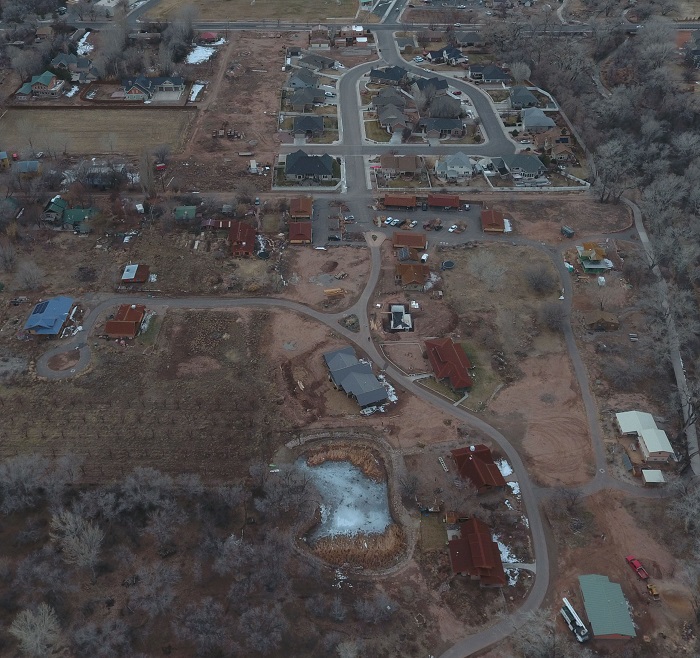
It’s an accepted fact that physical activity and eating a nutritious and varied diet can improve our health and well-being. But when it comes to our mental health, what we eat and how much we move around is often only part of the equation.
Mental health issues like depression and anxiety disorders have traditionally been the purview of health care professionals. But a growing awareness about the relationship between open space and mental well-being is bringing urban planners and community leaders into the mix.
According to the National Institute of Mental Health, mental illness affects about 17 percent of all U.S. adults (43 million people) each year.
Countless studies over the years have endorsed the idea that green space results in greater mental health for communities. In Utah, residents regularly clamor for more green space in their neighborhoods when a vacant building is demolished or a previously undeveloped parcel makes its way into the hands of a developer. However, focusing on the quality of the green space versus the quantity of it may result in greater benefits to those residents.
A summary of published literature on the topic released by the National Institute of Health (NIH) in 2015 suggests a weak and sometimes contradictory causal relationship between open space and good mental health. The report, however, acknowledges a huge body of anecdotal and corollary evidence to support the benefits. Echoing this conclusion, two studies conducted in Europe and released in 2017, again, reveal no significant link between the abundance of green space and an area’s mental well-being. Instead, in both the NIH and the European studies, researchers found that the quality of the green space may be more important.
So what makes for high-quality green space? There are the more common factors including parks with water features, broad or sweeping forests, and areas with significant biodiversity; but what about the qualities of our neighborhood parks?
It appears, from the research, to be rather straightforward. High-quality green space is available but also accessible, specifically less than 1/3 of a mile or a 5-minute walk away. Also important is a good network of paths in and around the green space, adequate lighting, and the perception of safety and security.
Regardless of the research and findings, for those of us who are lucky enough to live near a neighborhood park, it never seems like enough. We always want more green space. Consensus abounds among residents and researchers that green space brings tremendous benefits beyond good mental health, including counteracting the heat island effect in cities, minimizing air, water and noise pollution, offsetting greenhouse gas emissions, encouraging physical activity, and fostering social connections.
We also know you’d be hard pressed to deny that hiking in Millcreek Canyon, walking through Liberty Park, cycling the Jordan River Parkway or horseback riding in Dimple Dell Canyon leave you feeling connected and revitalized. While at the same time, a stroll through Pioneer Park on any given day might bring stress and fear.
Clearly, the link between mental well-being and open space is complicated. What’s clear, however, is our need for a balanced approach to protecting it and designing it to enhance overall good health.

